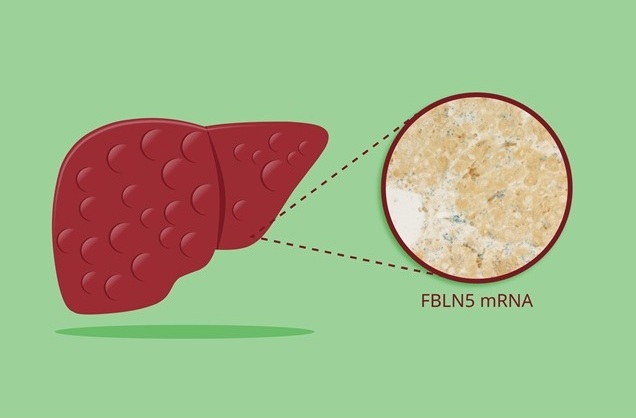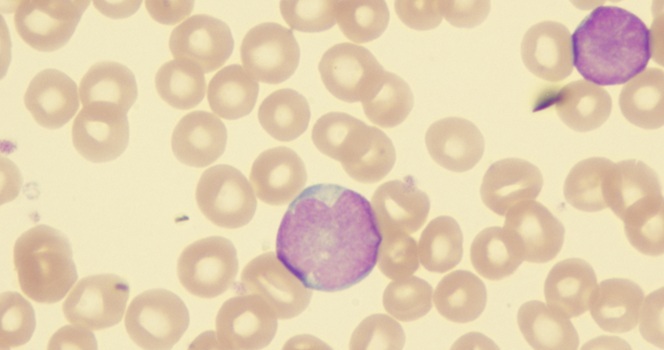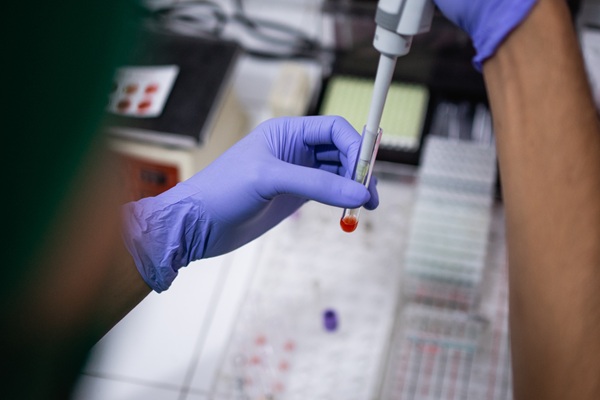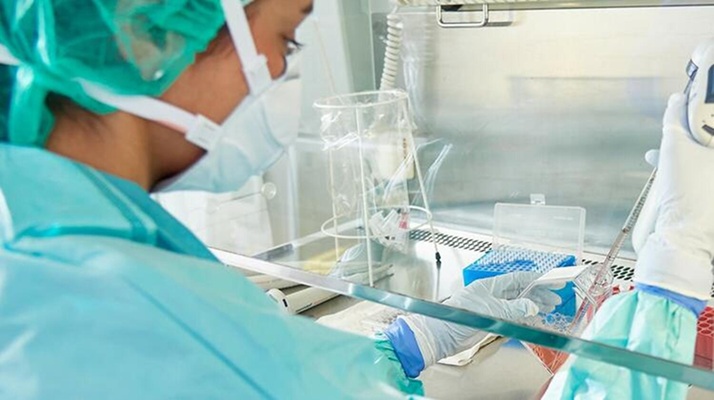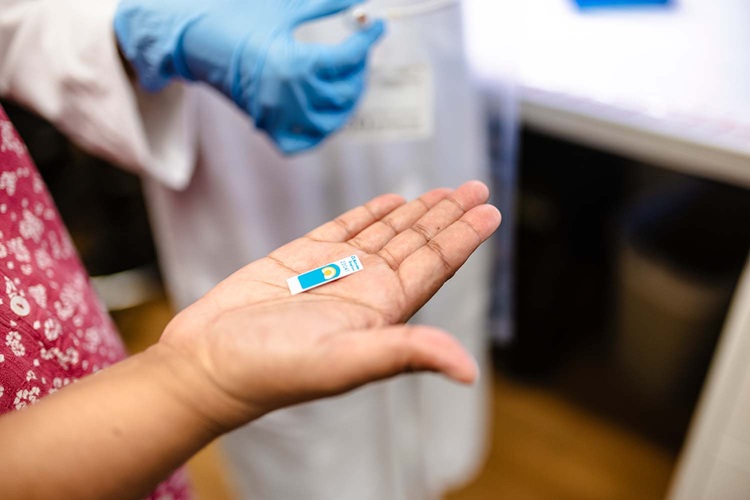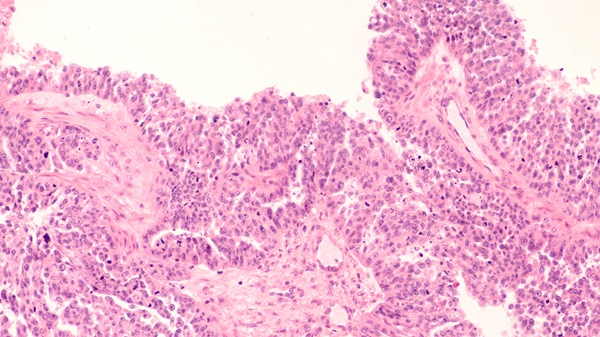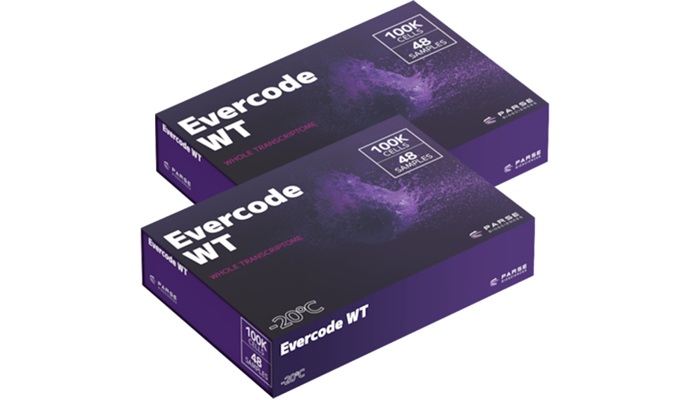Study Questions Popular COVID-19 Test and Proposes New Marker of Disease Severity
|
By LabMedica International staff writers Posted on 08 Oct 2021 |
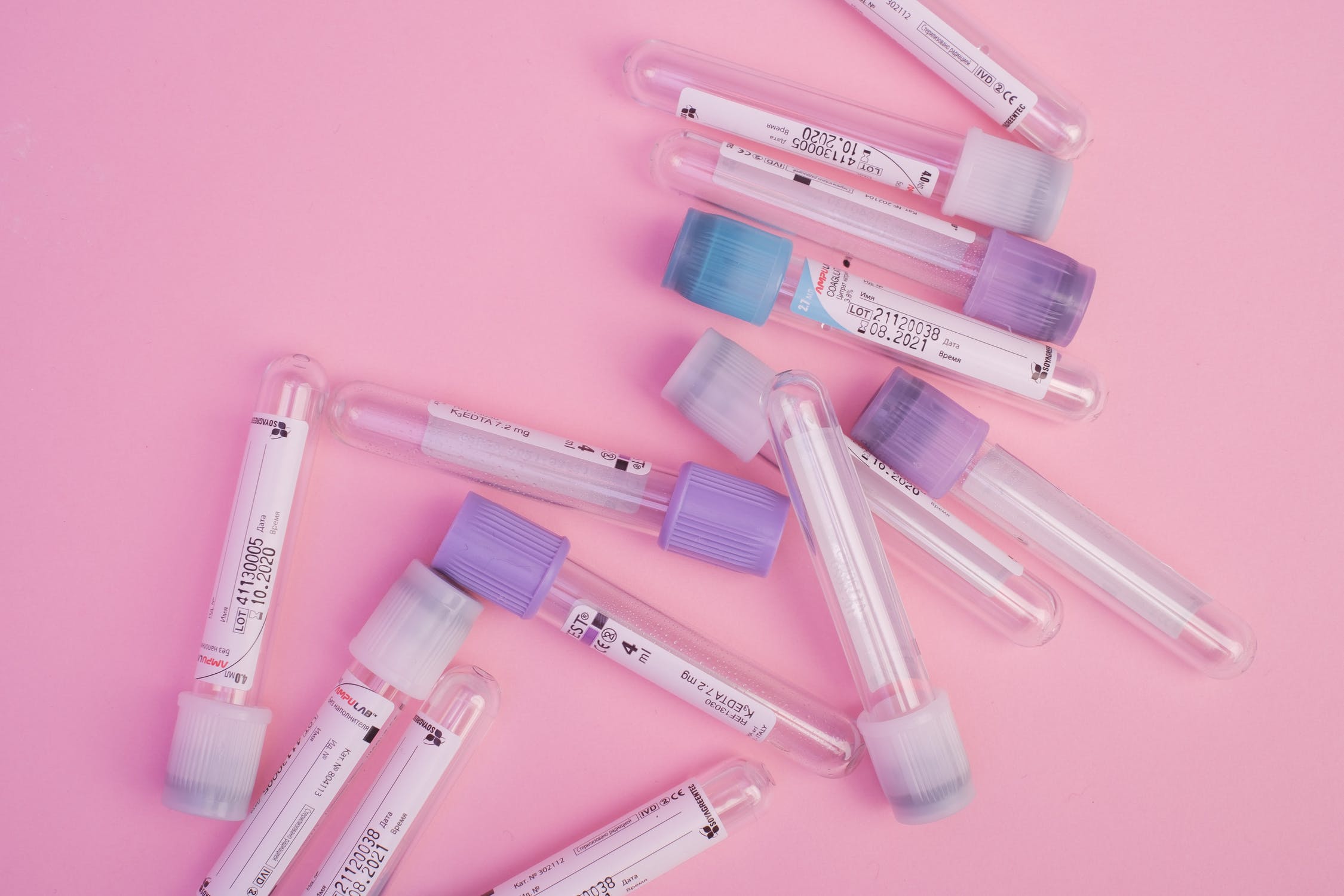
Researchers studying the immune response to COVID-19 in patients with different levels of disease severity have found that half of the patients without symptoms did not actually produce significant amounts of IgG antibodies of a kind targeted by many popular test kits.
Nevertheless, the study by researchers at the Skolkovo Institute of Science and Technology (Moscow, Russia) found that nearly all patients produced another kind of antibodies, whose count was sometimes even higher in asymptomatic cases, leading the researchers to suggest the ratio between the two counts as an indicator of disease severity.
Blood tests for detecting prior infection with the coronavirus rely on antibodies called immunoglobulins G. IgGs usually develop a few weeks after infection and come in multiple varieties, depending on which part of the virus they attach to. Two common kinds are the antibodies targeting the nucleocapsid protein and the receptor-binding domain, or RBD, of the spike protein of the coronavirus. According to the new study, the levels of these two antibodies in patients at various times following recovery from COVID-19. It accounts for mild and asymptomatic cases, as well as serious ones.
The researchers believe that it might therefore be more reasonable to check the level of antibodies to RBD to determine if a person has had the infection. But why would it ever be the case that someone has IgGs to RBD but not to the nucleocapsid protein? This might have to do with whether the antibody in question targets the inside or the outside of the virus particle. The team hypothesizes that if a patient is having an asymptomatic case of COVID-19, their immunity must have done such a great job warding off the infection early on that the virus did not really have a chance to enter the phase of active reproduction. That stage involves cells ripping apart, with unassembled viral spare parts flying every which way. It is only in this tougher scenario that antibodies to the internal parts of the virus - such as its nucleocapsid protein - can form. But as long as the virus does not penetrate into the cell, only antibodies to RBD are produced, since they are the ones targeting the virus’s exterior.
Anti-RBD antibodies are often described as “neutralizing” since they can prevent the binding of the viral spike protein with the receptor it seeks to attach to. Indeed, the researchers showed that the amount of anti-RBD IgG correlated with the serum capacity to inhibit the RBD-receptor interaction. Intriguingly, the team found RBD levels not just to persist but to exhibit an average increase in the sample studied. According to the researchers, while this finding may seem to contradict some earlier studies that reported the concentration of antibodies to RBD falling with time, this might actually depend on what the patients in the respective samples have been up to following their recovery.
Based on the different dynamics of the two kinds of IgG antibodies, the team suggested that the ratio between their counts could serve as a marker of disease severity. For those vaccinated, elevated anti-RBD levels can indicate that the patient has already encountered the virus after getting the shot and is therefore in no need of revaccination, because a more recent immune response has occurred. The study addresses one of the gaps in the reports on the immune response of COVID-19 patients: With patients experiencing milder symptoms often not seeking medical attention, they inevitably become underrepresented in the research.
“Our main finding is that asymptomatic COVID-19 patients often have no IgG antibodies to an internal component of the virus known as the nucleocapsid protein. Yet tests detecting that very kind of antibodies are often recommended to check whether someone has had COVID-19,” said Maria Tutukina of Skoltech, the Institute of Cell Biophysics and the Institute for Information Transmission Problems of RAS.
“But regardless of disease severity, every patient we tested but one exhibited IgG antibodies to the RBD of the spike protein, which is located on the surface of the viral particle,” added study co-author Anna Kaznadzey of IITP RAS and VirIntel who also participated in the research. “It seems reasonable to expect that a patient who has recovered from COVID-19 will experience a surge of antibodies when re-exposed to the pathogen. I mean, that’s how immunity works: It is not some kind of a protective bubble you carry around. It is rather the potential to fight back against the virus effectively, should it find its way into the body again. Whether it does, and how often, might affect the subsequent dynamics of the antibody count.”
Related Links:
Skolkovo Institute of Science and Technology
Latest COVID-19 News
- New Immunosensor Paves Way to Rapid POC Testing for COVID-19 and Emerging Infectious Diseases
- Long COVID Etiologies Found in Acute Infection Blood Samples
- Novel Device Detects COVID-19 Antibodies in Five Minutes
- CRISPR-Powered COVID-19 Test Detects SARS-CoV-2 in 30 Minutes Using Gene Scissors
- Gut Microbiome Dysbiosis Linked to COVID-19
- Novel SARS CoV-2 Rapid Antigen Test Validated for Diagnostic Accuracy
- New COVID + Flu + R.S.V. Test to Help Prepare for `Tripledemic`
- AI Takes Guesswork Out Of Lateral Flow Testing
- Fastest Ever SARS-CoV-2 Antigen Test Designed for Non-Invasive COVID-19 Testing in Any Setting
- Rapid Antigen Tests Detect Omicron, Delta SARS-CoV-2 Variants
- Health Care Professionals Showed Increased Interest in POC Technologies During Pandemic, Finds Study
- Set Up Reserve Lab Capacity Now for Faster Response to Next Pandemic, Say Researchers
- Blood Test Performed During Initial Infection Predicts Long COVID Risk
- Low-Cost COVID-19 Testing Platform Combines Sensitivity of PCR and Speed of Antigen Tests
- Finger-Prick Blood Test Identifies Immunity to COVID-19
- Quick Test Kit Determines Immunity Against COVID-19 and Its Variants
Channels
Clinical Chemistry
view channel
Chemical Imaging Probe Could Track and Treat Prostate Cancer
Prostate cancer remains a leading cause of illness and death among men, with many patients eventually developing resistance to standard hormone-blocking therapies. These drugs often lose effectiveness... Read more
Mismatch Between Two Common Kidney Function Tests Indicates Serious Health Problems
Creatinine has long been the standard for measuring kidney filtration, while cystatin C — a protein produced by all human cells — has been recommended as a complementary marker because it is influenced... Read moreMolecular Diagnostics
view channel
New Blood Biomarkers Help Diagnose Pregnancy-Linked Liver Complication
Intrahepatic cholestasis of pregnancy (ICP) is the most common liver disorder linked to pregnancy and can pose serious risks for both mother and baby, including premature delivery and stillbirth.... Read more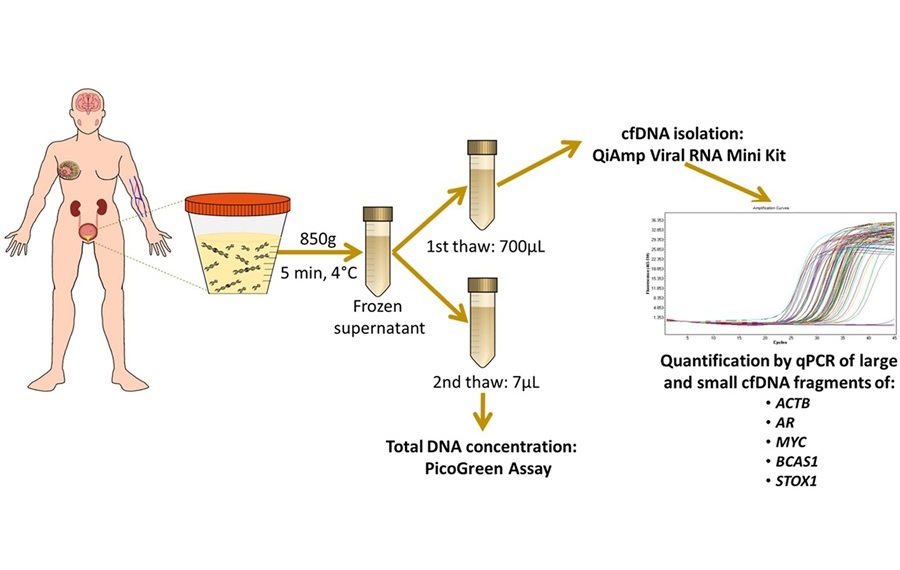
Simple Urine Test to Revolutionize Bladder Cancer Diagnosis and Treatment
Bladder cancer is one of the most common and deadly urological cancers and is marked by a high rate of recurrence. Diagnosis and follow-up still rely heavily on invasive cystoscopy or urine cytology, which... Read moreHematology
view channel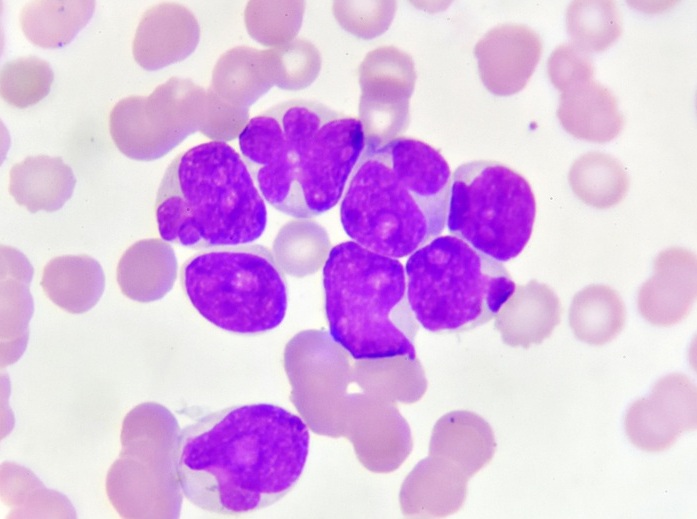
MRD Tests Could Predict Survival in Leukemia Patients
Acute myeloid leukemia is an aggressive blood cancer that disrupts normal blood cell production and often relapses even after intensive treatment. Clinicians currently lack early, reliable markers to predict... Read more
Platelet Activity Blood Test in Middle Age Could Identify Early Alzheimer’s Risk
Early detection of Alzheimer’s disease remains one of the biggest unmet needs in neurology, particularly because the biological changes underlying the disorder begin decades before memory symptoms appear.... Read more
Microvesicles Measurement Could Detect Vascular Injury in Sickle Cell Disease Patients
Assessing disease severity in sickle cell disease (SCD) remains challenging, especially when trying to predict hemolysis, vascular injury, and risk of complications such as vaso-occlusive crises.... Read more
ADLM’s New Coagulation Testing Guidance to Improve Care for Patients on Blood Thinners
Direct oral anticoagulants (DOACs) are one of the most common types of blood thinners. Patients take them to prevent a host of complications that could arise from blood clotting, including stroke, deep... Read moreImmunology
view channel
New Test Distinguishes Vaccine-Induced False Positives from Active HIV Infection
Since HIV was identified in 1983, more than 91 million people have contracted the virus, and over 44 million have died from related causes. Today, nearly 40 million individuals worldwide live with HIV-1,... Read more
Gene Signature Test Predicts Response to Key Breast Cancer Treatment
DK4/6 inhibitors paired with hormone therapy have become a cornerstone treatment for advanced HR+/HER2– breast cancer, slowing tumor growth by blocking key proteins that drive cell division.... Read more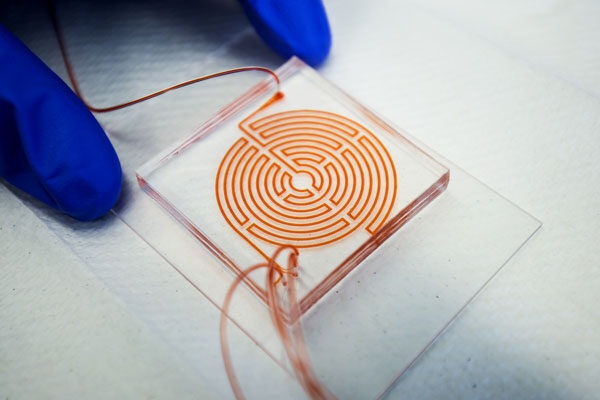
Chip Captures Cancer Cells from Blood to Help Select Right Breast Cancer Treatment
Ductal carcinoma in situ (DCIS) accounts for about a quarter of all breast cancer cases and generally carries a good prognosis. This non-invasive form of the disease may or may not become life-threatening.... Read moreMicrobiology
view channel
Rapid Diagnostic Test Matches Gold Standard for Sepsis Detection
Sepsis kills 11 million people worldwide every year and generates massive healthcare costs. In the USA and Europe alone, sepsis accounts for USD 100 billion in annual hospitalization expenses.... Read moreRapid POC Tuberculosis Test Provides Results Within 15 Minutes
Tuberculosis remains one of the world’s deadliest infectious diseases, and reducing new cases depends on identifying individuals with latent infection before it progresses. Current diagnostic tools often... Read more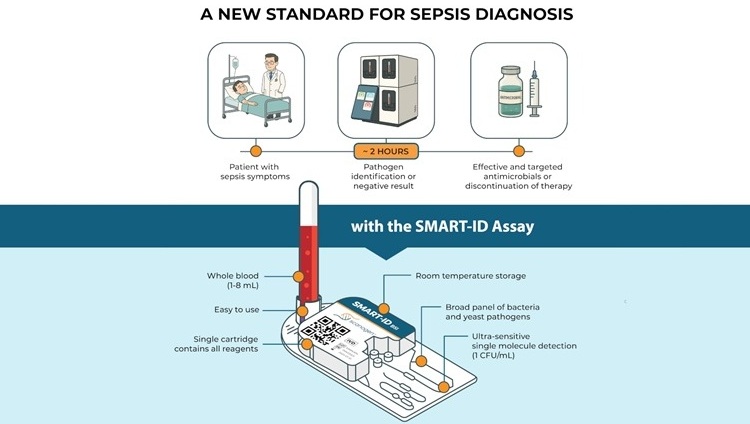
Rapid Assay Identifies Bloodstream Infection Pathogens Directly from Patient Samples
Bloodstream infections in sepsis progress quickly and demand rapid, precise diagnosis. Current blood-culture methods often take one to five days to identify the pathogen, leaving clinicians to treat blindly... Read morePathology
view channel
Rapid Low-Cost Tests Can Prevent Child Deaths from Contaminated Medicinal Syrups
Medicinal syrups contaminated with toxic chemicals have caused the deaths of hundreds of children worldwide, exposing a critical gap in how these products are tested before reaching patients.... Read more
Tumor Signals in Saliva and Blood Enable Non-Invasive Monitoring of Head and Neck Cancer
Head and neck cancers are among the most aggressive malignancies worldwide, with nearly 900,000 new cases diagnosed each year. Monitoring these cancers for recurrence or relapse typically relies on tissue... Read more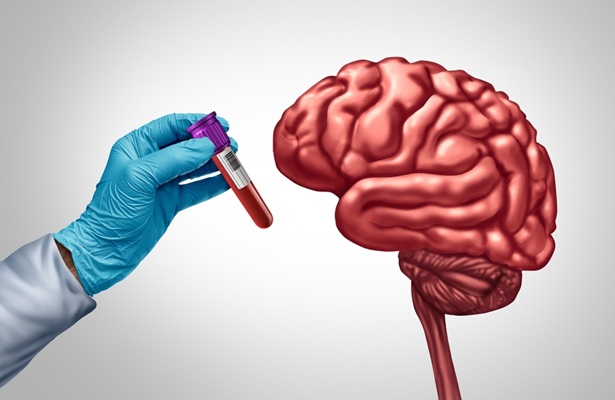
Common Health Issues Can Influence New Blood Tests for Alzheimer’s Disease
Blood-based tests for Alzheimer’s disease are transforming diagnosis by offering a simpler alternative to spinal taps and brain imaging. However, many people evaluated at memory clinics also live with... Read more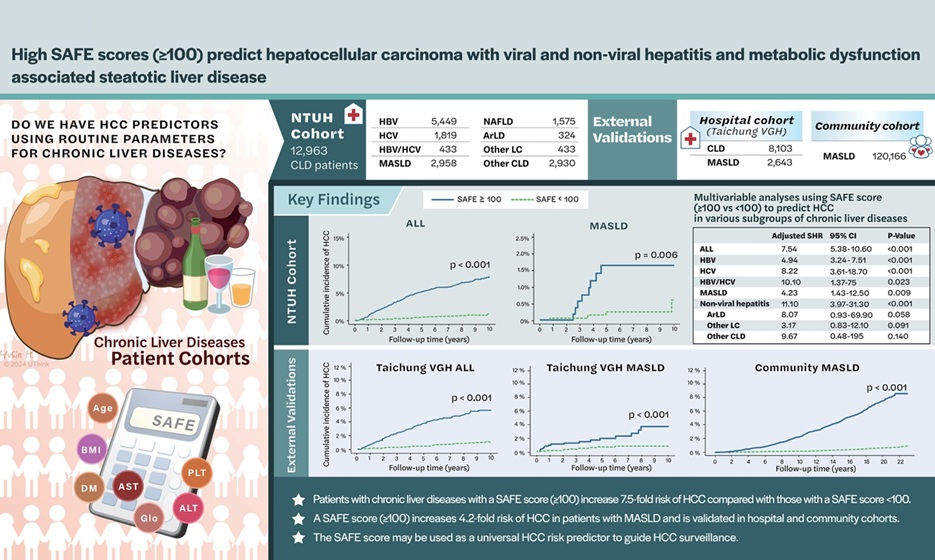
Blood Test Formula Identifies Chronic Liver Disease Patients with Higher Cancer Risk
Chronic liver disease affects millions worldwide and can progress silently to hepatocellular carcinoma (HCC), one of the deadliest cancers globally. While surveillance guidelines exist for patients with... Read moreTechnology
view channel
Artificial Intelligence Model Could Accelerate Rare Disease Diagnosis
Identifying which genetic variants actually cause disease remains one of the biggest challenges in genomic medicine. Each person carries tens of thousands of DNA changes, yet only a few meaningfully alter... Read more
AI Saliva Sensor Enables Early Detection of Head and Neck Cancer
Early detection of head and neck cancer remains difficult because the disease produces few or no symptoms in its earliest stages, and lesions often lie deep within the head or neck, where biopsy or endoscopy... Read moreIndustry
view channel
Abbott Acquires Cancer-Screening Company Exact Sciences
Abbott (Abbott Park, IL, USA) has entered into a definitive agreement to acquire Exact Sciences (Madison, WI, USA), enabling it to enter and lead in fast-growing cancer diagnostics segments.... Read more














